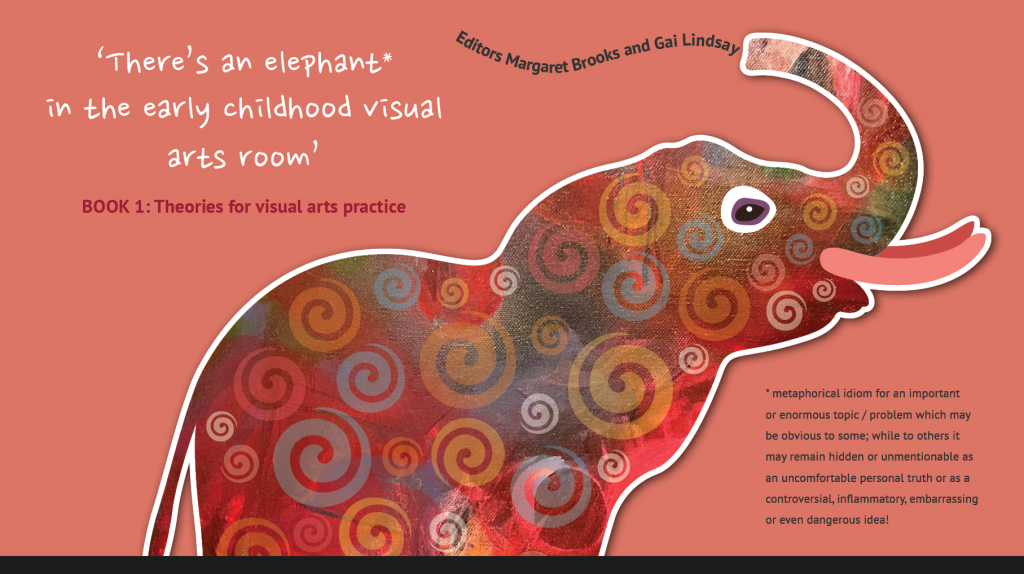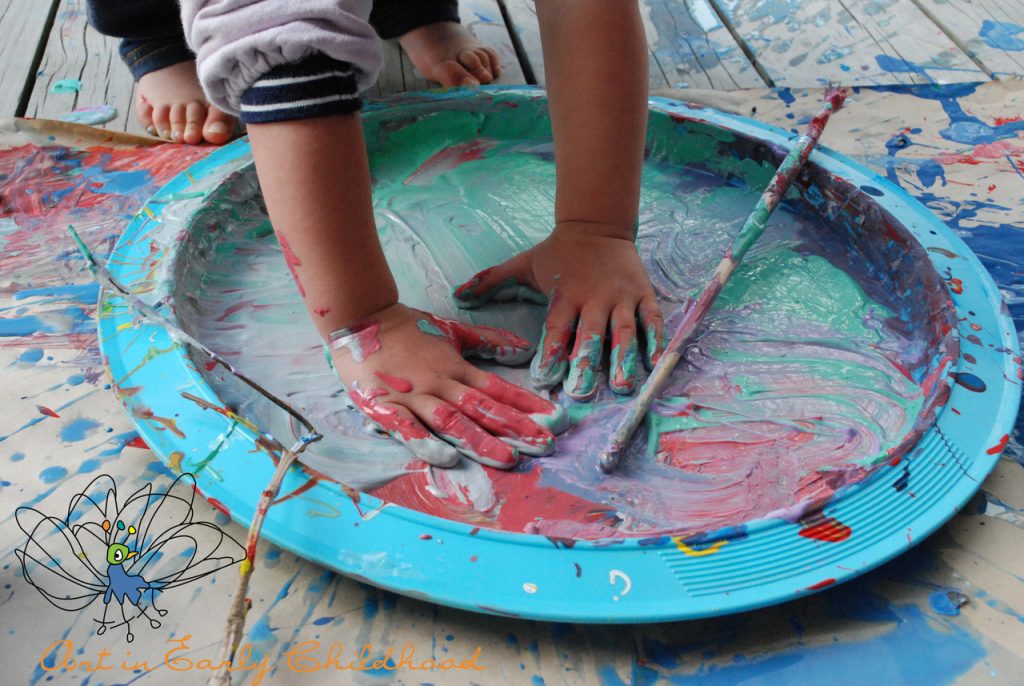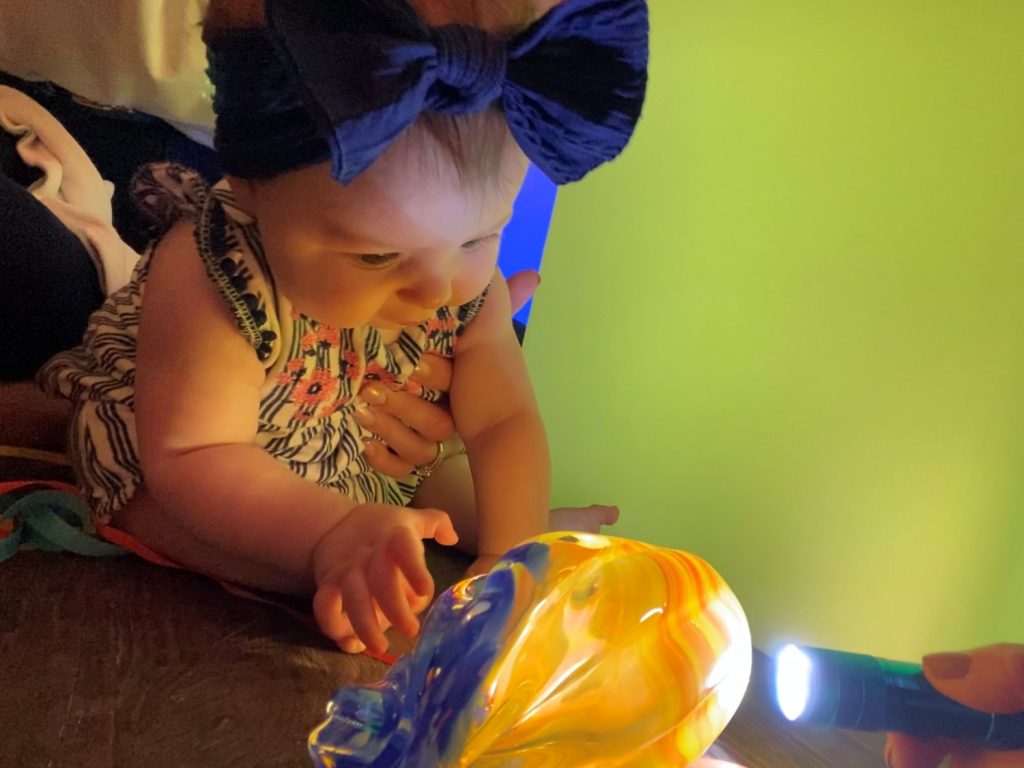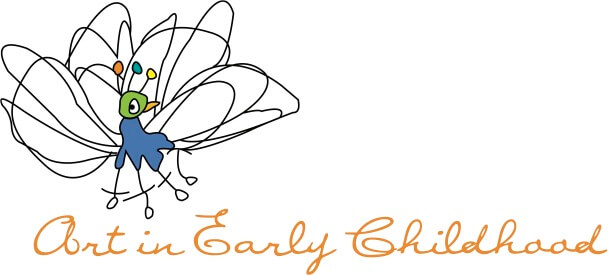Journal
The International Art in Early Childhood Research Journal is an international, peer reviewed, Internet journal with a particular focus on the visual arts and young children. It aims to disseminate quality, contemporary, scholarly research and ideas in the area of art in early childhood. It’s articles will challenge readers to question assumptions they might have about the role of the visual arts for young children.
Read More
View Our eBook
Our amazing ‘Elephant in the Room’ eBooks are a product of the extremely successful virtual symposium convened in February 2021. In response to many requests for ongoing access to the wonderful symposium content we decided to turn the strands of the symposium into five eBooks; Theory, Curriculum and Pedagogy, Artists, Culture and Research.
Read More
Zine
ecARTnz is an e-magazine of professional practice that show-cases examples of excellent visual art education for infants, toddlers and young children. Articles are written by early childhood teachers and students working in early childhood centres, academics and researchers. The magazine provides information about relevant conferences for teachers. Books, websites and literature on visual art education for early childhood are reviewed.
Read More

Looking at Art with Babies
Did you know that babies love looking at art?
New research shows that even the youngest minds—babies as young as 2
months—are captivated by art. And it’s no wonder! Babies explore the world through
their senses, so colorful, expressive visuals spark their curiosity and support early brain
development.
Art isn’t just beautiful—it’s brain food.
When babies view art, it creates rich, multisensory experiences that help form crucial
brain connections. Additionally, when caregivers discuss what they’re seeing, it
enhances babies’ cognitive, perceptual, and language skills—even before they say their
first word!
This is where the video series created by First Encounters comes in. The videos provide:
- Insight into early brain, language, and visual development
- Simple, effective strategies for viewing and talking about art with your baby

Conferences
The International Association for Art in Early Childhood supports biennial conferences that focus on the visual arts in early childhood. Parties interested in hosting a conference put forward a proposal to the membership meeting at the current conference. The members vote for the best proposal. Members support conferences through sharing expertise, encouraging new participants and by attending. However, each conference needs to be self-funded by the host. Our experience so far is that most conferences have worked on a cost recovery basis.
Read MoreFor more information about the International Association of Art in Early Childhood and our teaching resources, please contact us.